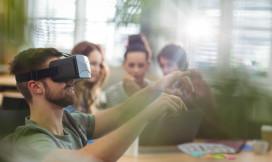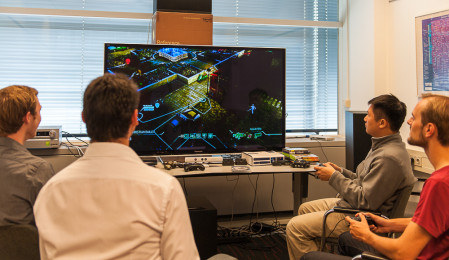XR (extended reality)
XR is een technologie in ontwikkeling op uiteenlopende gebieden. Van het onderwijs, onderzoek, medisch onderwijs tot aan defensie maakt gebruik van XR. Wat zijn de mogelijkheden, kansen, en toepassingen van extended reality voor het onderwijs en onderzoek?
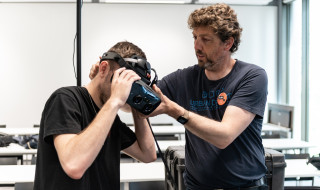
Stel je voor dat je een virtueel museum binnenwandelt, waar je historische voorwerpen kunt onderzoeken alsof ze fysiek voor je staan. In plaats van alleen over de objecten te lezen in boeken of…
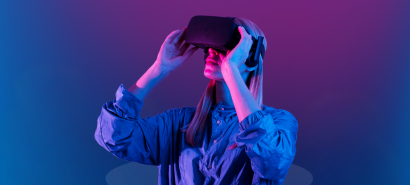
Nieuws
Hoe maak je een geloofwaardige virtuele mens? Dat is de onderzoeksfocus van Zerrin Yumak, universitair docent bij de Universiteit Utrecht en directeur van het Motion Capture and Virtual Reality Lab. Zerrin was keynote spreker op de XR Day op 3 juli.
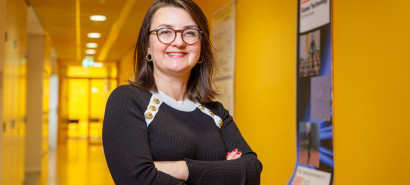
Story
